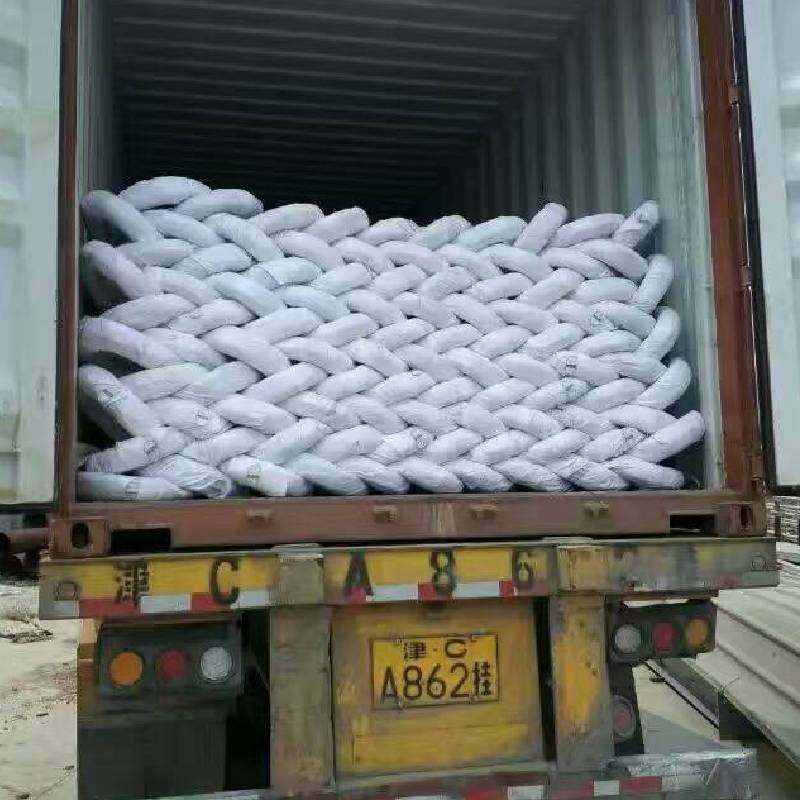
- Mobile Phone
- +8613931874955
- sales@cntcmetal.com
wall ties for stone masonry
Wall Ties for Stone Masonry An Essential Component
Stone masonry is a time-honored construction technique that has stood the test of time, often associated with strength, durability, and aesthetic appeal. However, the effectiveness of stone masonry structures significantly depends on various factors, including the proper use of wall ties. Wall ties are critical components that help maintain the stability and integrity of stone masonry walls, particularly in buildings exposed to wind loads, temperature variations, and seismic activity.
Understanding Wall Ties
Wall ties are structural elements used to connect two or more masonry walls or, in some instances, a stone wall to a framing system. Their primary purpose is to enhance stability, prevent bulging, and minimize the risk of cracking, which can compromise the aesthetic and structural integrity of a building. Wall ties are typically made from materials such as stainless steel, galvanized steel, or aluminum, chosen for their strength and resistance to corrosion.
Importance of Wall Ties in Stone Masonry
1. Structural Integrity Stone masonry walls, while robust, can be vulnerable to lateral forces, particularly in tall or slender structures. Wall ties address these vulnerabilities by creating a tensile connection that enhances the overall stability of the wall system, allowing it to better withstand wind loads and seismic events.
2. Preventing Displacement Without adequate ties, the weight of the masonry can cause displacement, leading to structural issues like cracking or even wall collapse. Wall ties distribute loads and forces uniformly across the wall, reducing the risk of such failures.
3. Cohesion of Dissimilar Materials In instances where stone masonry is combined with other construction materials, such as brick or timber, wall ties can provide a cohesive connection, ensuring that all materials work harmoniously. This is especially essential in historic restorations where preserving the original aesthetics while reinforcing structural integrity is crucial.
wall ties for stone masonry

4. Flexibility and Movement Buildings naturally expand and contract with temperature changes. Wall ties allow for slight movements in the structure without compromising stability. This flexibility is particularly vital for older stone buildings, which may be more susceptible to cracks and shifts due to thermal expansion.
Installation of Wall Ties
The effectiveness of wall ties depends significantly on their proper installation. It is crucial to consider factors such as tie spacing, embedment depth, and selection of materials. Generally, wall ties should be installed at regular intervals—typically every 24 to 36 inches vertically and at least every 12 feet horizontally. This spacing can vary based on local building codes and specific structural requirements.
Each wall tie should be embedded adequately into the masonry to ensure secure anchorage. When installing ties in stone masonry, it is vital to avoid drilling into weak or fractured sections of the stone. The use of pre-drilled holes or specialized masonry drills can help improve installation efficiency and maintain the integrity of the stone.
Maintenance and Inspection
Regular maintenance and inspection of wall ties are essential, particularly for older stone masonry buildings. Over time, factors such as moisture infiltration, corrosion, or mechanical damage can compromise the effectiveness of wall ties. Therefore, property owners should routinely check for signs of distress, such as cracks or bulging walls, and address any issues promptly to preserve the structure’s longevity.
Conclusion
In summary, wall ties are an indispensable component of stone masonry construction, enhancing structural stability, cohesion, and flexibility. As buildings and their environments age, the importance of regular inspection and maintenance of wall ties cannot be overstated. Investing in high-quality materials, ensuring proper installation, and adhering to maintenance schedules will not only extend the life of stone masonry structures but also ensure they continue to inspire admiration for generations to come.
share:
-
Creative Ways to Decorate Your Tomato CageNewsAug.22,2025
-
Common Mistakes When Installing Brick Wall TiesNewsAug.22,2025
-
Customizing Conical Springs for Aerospace ApplicationsNewsAug.22,2025
-
Galvanized Tie Wire for Binding PipesNewsAug.22,2025
-
Environmental Impact of Using Snake Spacers in PlumbingNewsAug.22,2025
-
Sacrificial Formwork Systems for Complex StructuresNewsAug.22,2025
-
Wall Ties for Concrete: Invisible Guardians of Building Structural StabilityNewsAug.08,2025
